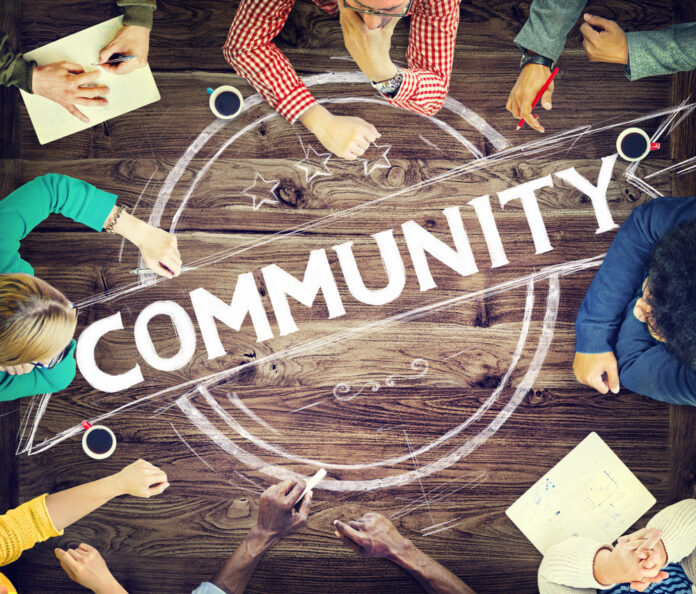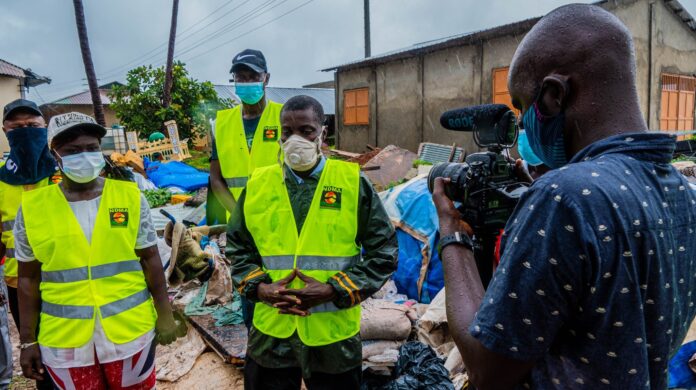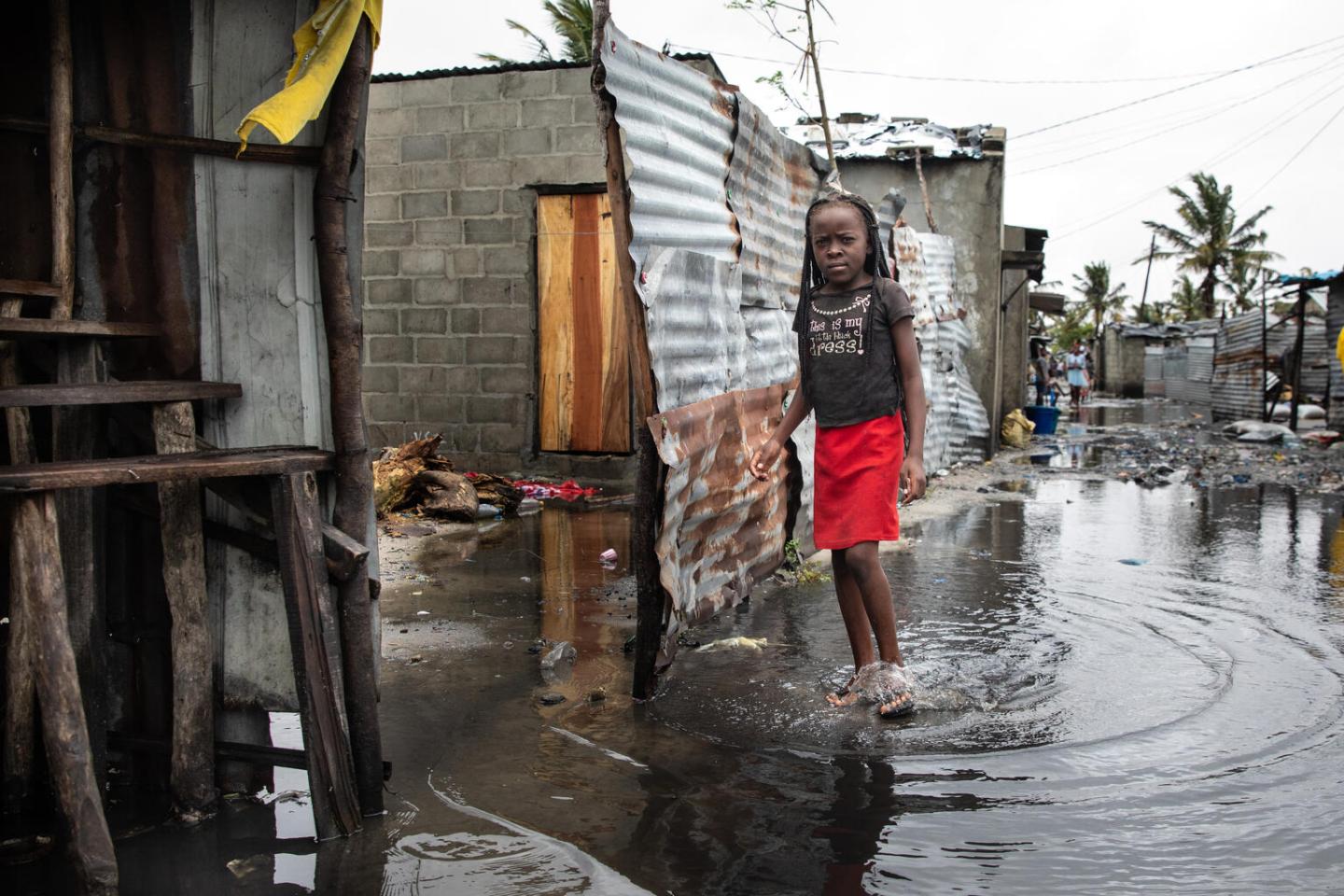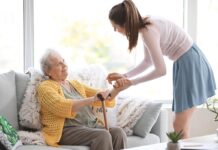Disasters can strike at any time, leaving communities reeling and struggling to cope with the aftermath. From natural calamities such as floods, earthquakes, and hurricanes to human-made disasters like fires and terrorist attacks, the impact of such events can be catastrophic.
The key to mitigating their effects lies in building resilient communities that are well-prepared and can bounce back quickly from the setbacks.
Community engagement

One of the essential elements of disaster preparedness is community engagement. When people come together and work collaboratively towards a common goal, they can achieve far more than they could individually. By engaging residents in the preparedness process, we can build stronger, more resilient communities that can withstand disasters and emerge stronger on the other side.
– Community engagement starts with education and awareness. Residents must understand the risks that their community faces and how they can prepare for them. This involves providing access to information and resources that help individuals and families develop emergency plans, create disaster kits, and stay informed about potential threats. By promoting preparedness through outreach and education, we can ensure that everyone in the community is equipped to respond to emergencies effectively.
– Another critical aspect is fostering collaboration between local organizations, businesses, and government agencies. By working together, these groups can pool resources and expertise to create a more comprehensive disaster preparedness plan.
This includes identifying critical infrastructure, such as hospitals and emergency services, and developing strategies for maintaining these services during an emergency.
When it comes to disaster preparedness and community engagement, there are many resources available to help you get started. One such resource is Linkr, a platform that connects individuals and organizations with opportunities to get involved in their communities.
Through Linkr, you can find volunteer opportunities, connect with local organizations, and access resources and information on disaster preparedness. To learn more about how Linkr can help you build a more resilient community, look for the link in bio.
– One example of successful community engagement in disaster preparedness is the “Ready Neighborhoods” program developed by the City of Los Angeles Emergency Management Department. This program provides residents with the tools and resources they need to prepare for disasters and work together to build more resilient communities.
Through outreach and education, the program encourages residents to create emergency plans, build disaster kits, and take steps to protect their homes and families. By working with local organizations and businesses, the program also helps to identify and address potential vulnerabilities in the community.
– Another example is the “Map Your Neighborhood” program developed by the Federal Emergency Management Agency (FEMA). This program encourages residents to work together to identify potential hazards in their neighborhood and develop emergency plans that address these risks.
In conclusion

In conclusion, community engagement plays a vital role in disaster preparedness and resilience. By promoting education and awareness, we can create stronger, more resilient communities that are better equipped to withstand disasters.
Whether through local programs or by simply working together as a community, we can all take steps to prepare for emergencies and ensure that we are ready to face whatever challenges come our way.







